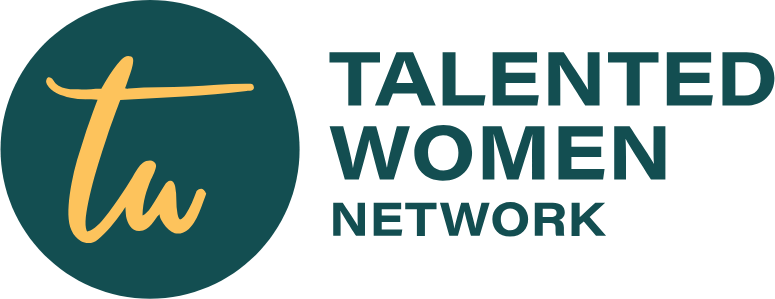Many companies use Applicant Tracking Systems (ATS) to streamline their hiring process. To increase your chances of getting noticed, it’s essential to optimize your resume for these systems. Here’s how:
What is an ATS and How Does It Work?
An Applicant Tracking System (ATS) is software that employers use to scan, filter, and rank resumes before they reach a human recruiter. It works by:
- Scanning resumes for relevant keywords – The system identifies industry-specific terms and phrases related to the job description.
- Analyzing formatting and structure – ATS prefers clean, structured resumes without excessive graphics or complex layouts.
- Ranking applications – The software scores resumes based on keyword matches, experience, and skills alignment.
If your resume isn’t optimized for ATS, it may never be seen by a recruiter, regardless of your qualifications.
Formatting Tips to Ensure Your Resume Gets Seen
To pass ATS screening, follow these formatting best practices:
- Use a simple, clean layout – Avoid columns, tables, graphics, and images, as these can confuse the ATS.
- Choose standard fonts – Stick with fonts like Arial, Calibri, or Times New Roman.
- Submit your resume in the right format – A Word document (.docx) is often preferable to PDFs, as some ATS struggle with PDF parsing.
- Use consistent headings – Label sections clearly with standard headings like “Work Experience,” “Education,” and “Skills.”
- Avoid headers and footers – Some ATS systems have trouble reading content in these areas.
The Best Keywords to Include Based on Job Descriptions
To improve your resume’s ATS ranking, you need to use relevant keywords that align with the job description. Here’s how:
- Identify important keywords – Analyze the job posting and look for recurring words or phrases related to skills, certifications, and qualifications.
- Incorporate them naturally – Use these keywords in your resume’s work experience, skills, and summary sections without overstuffing.
- Focus on industry-specific terms – If a job posting mentions “project management software,” specify tools like Asana, Trello, or Jira.
- Use both acronyms and full terms – For example, include both “Search Engine Optimization” and “SEO” to ensure the ATS recognizes them.
- Match job title wording – If the job description states “Marketing Coordinator,” and your previous role was similar but had a different title, consider adjusting it to match.
Optimizing your resume for ATS increases your chances of getting past initial screenings and into the hands of a hiring manager. By using proper formatting, incorporating the right keywords, and aligning your resume with job descriptions, you can enhance your job search success.
Always tailor each resume to the specific job for the best results!

